Do you end drawing always the same thing?
You can’t figure out how to draw new forms?
The good news is that anyone can learn to become creative.
I believe you might also face these creative blocks as a designer enthusiast:
- You can’t draw new forms without reference pictures?
- Do you feel anxious drawing things that are out of your comfort zone?
- Do you feel your sketching skills or creativity are limited?
Today I show a special design technique to draw new forms of SONY earphones fast and easily!
I call it: “Improvisational Design Sketching“!
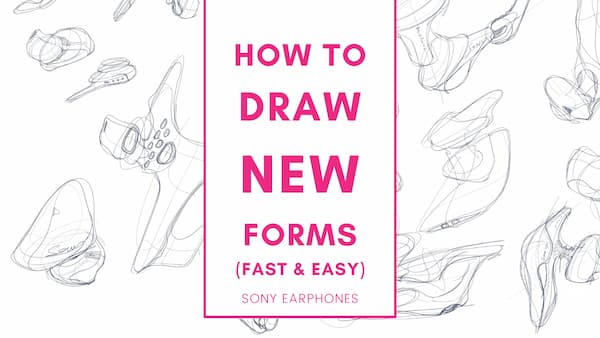
How to Draw New Forms (Fast and Easy) in 10 Steps

Today, we’re exploring how to quickly generate numerous design ideas for earphones and speakers.
Let’s start with the 10 Actionable steps.
Daily routine
Start incorporating design sketching into
your daily routine to stimulate creativity and generate new ideas rapidly.
Start with random shapes
Begin your sketches with random shapes,
then develop these into volumes or products to bring unexpected forms from the subconscious mind.
Develop your library of forms
Aim to create an extensive library of forms through regular practice, which will enhance your fluency in creating new shapes.
Use this technique as a tool against creative block and as a way to nourish visualization skills in three dimensions.
Draw quick!
Make sure each drawing is quick (around 4-5 minutes),
focusing on the main volumes and details rather than perfecting every aspect of the sketch.
Draw on large canvas
Utilize large canvases (3000 by 3000 pixels) for initial drafts,
filling them with drawings before refining individual proposals.
Practice takes time
Embrace generosity in your creativity;
remember that improvement comes with continual practice rather than immediate perfection.
Draw with feelings
Incorporate elements of sensitivity and emotion into designs,
allowing feelings to translate your lines into more fierce (severe) or rounded (cute) designs based on current emotions or experiences.
Analyse your past drawings
Take regular breaks during sessions; use this time not only for rest but also for revisiting older drawings for evaluation purposes – identifying both merits and flaws can be beneficial for growth
Post on online community or share with pairs
Share completed works online or with peers – feedback can provide valuable insights toward improving future
Get the Designer Starter Kit!
Download the book: Designer Starter Kit for beginners. (It’s free)
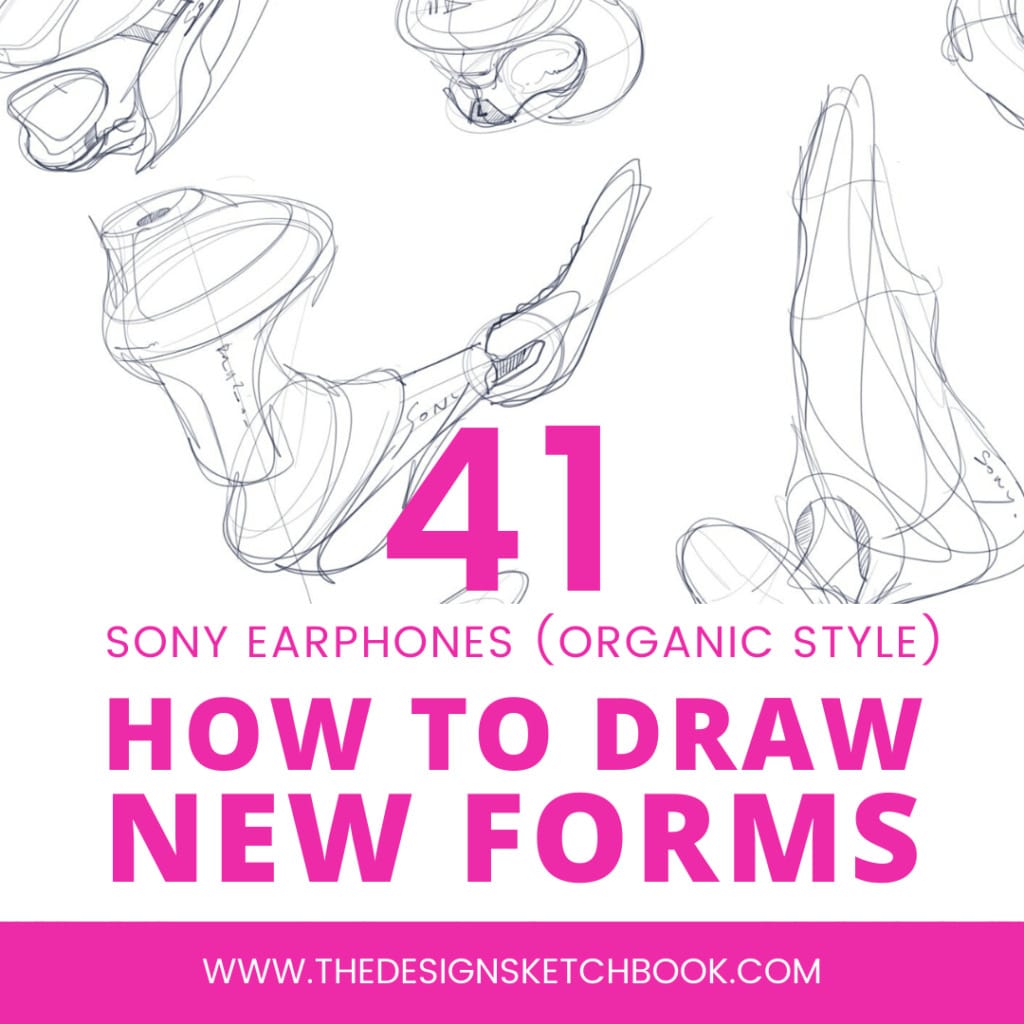
Improvisational Design Sketching
In this drawing video tutorial,
we’ll begin with random shapes, then work on defining their volume.
Unlike typical drawing where you start with a clear idea in mind, this exercise encourages spontaneity.
You won’t know what you’re creating at first – that’s part of the fun!
This approach can lead to unexpected forms and designs.
My sketching method involves:
- starting with simple lines,
- adding contours lines
- and elements inspired by earphones or anything else that strikes your fancy.
Use reference images if needed or just let your creativity flow freely.
The goal is not perfection but rather improvisation which will help expand your library of forms.
The more you practice, the better you become at creating new shapes.
If you ever feel stuck creatively, engage in these ‘happy accident’ sessions – quick sketches without specific goals except self-improvement.
Remember not to spend too much time on one sketch; four to five minutes maximum is ideal as it prevents overthinking and fosters creative fluidity.
Once done with one piece move onto another variety quickly multiplying opportunities for fresh ideas.
Draw new forms with your feelings
When drawing the earphones, let your feelings guide your hand; they can translate into curves on paper.
If you want to portray something fierce or cute, adjust your lines accordingly to communicate these emotions effectively.
The products I design are usually organic but structured designs work too.
The best approach is merging both skills by understanding the fundamentals of drawing while also embracing abstract beginnings.
This enhances your creative abilities and helps create new forms.
Remember that progress isn’t always linear so practice as much as possible.
Even if one attempt doesn’t go well, each stroke teaches something valuable that could level up your skills unexpectedly.
Give a rest to your Creativity

Take breaks when needed because resting can rejuvenate creativity.
After a restful sleep, revisit old drawings and refine them further; this refreshing process aids growth.
A useful tip for product sketches is adding logos like Sony’s for instance; it adds solidity to the product depiction making it more realistic – whether plastic or metal or wood textured surfaces etc., try to capture their essence in detail using all senses.
Designing requires imagination about how users will interact with the Sony earphones: will its surface be grainy?
Will touching it feel warm or cold? Consider such parameters during the designing process even though they might seem abstract initially but they enhance user experience considerably which contributes significantly towards becoming a great designer.
With every new design proposal, you grow better at understanding yourself
and push beyond the boundaries of what was thought achievable earlier.
Feel free to share drawings at choutac@thedesignsketchbook.com!
If you’re just starting out with design sketching download our starter kit
from our blog page where we offer free books after signing up via email.
I have a new sketching video tutorial for you. :)
- If you face the blank page pretty often
- or if you feel your drawings always look the same
Try this improvisational creative technique, and you will generate maximum ideas in no time!
Let’s Practice!
- For this exercise use a 3000×3000 pixel canvas aiming to fill it completely while zoomed in 100%.
- Keep producing new designs without striving for perfection – abstract beginnings often evolve into well-defined volumes training your brain to think three-dimensionally.
- Initially go wild with your creations before gradually imposing criteria making them more relevant product-wise later down the line.
Remember even talented designers don’t always get it right from the first try so be bold generous with your ideas enjoy yourself knowing improvement comes naturally over time.
Drawing isn’t a skill you master in a day, it’s an ongoing journey of improvement.
That’s why I love sketching – it pushes your limits and makes the once difficult tasks easier.
> What to watch next:
I use this technique using bike elements as inspiration:
How to draw like a Concept Artist
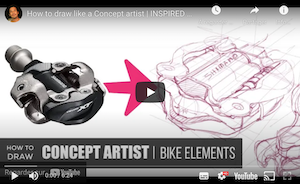
TRANSCRIPTION
Hey guys. Welcome to the designsketchbook.com.
It’s Chou-Tac, and today we are going to see how to draw earphones and speakers.
So today is going to be quite like a podcast format, and we are going to see how to draw a maximum of ideas, how to multiply your ideas fast in a minimum of time.
What you are going to see here is that we are going to start with random shapes and then try to figure out the volume, the product after. Basically, usually, what you want to do is to have some drawings in your mind, some specific ideas in your mind. But here, the rule is different. The exercise is going to draw along the way. Like, you have no idea how you start with from the beginning, and you just go with the flow. It’s going to help you to actually create some unexpected forms and unexpected volumes.
Now you’re going to look for your subconscious where you are going to draw with your feelings. As you can see here, we’re just starting with some random lines, and then I’m adding some contour lines. I’m adding some ellipses. I’m drawing some forms. I’m adding some elements that inspired me in earphones. This is how I will create something new using elements that could have been seen in the past from what I have drawn before and how I could import it here.
Maybe I use some reference pictures that I could get on Pinterest and put it on my phone or on my tablet side by side with my drawing board right here or simply try to get totally something new, provoking, like just choose forms and then think about, okay, that looks cool. What am I going to do with that? It’s like theater somehow learning how to improvise, and that’s what we want to do here: surprise yourself. This is how you will actually develop a bigger library of forms.
This library of forms, the more you will practice, the more you will have this frequency of creating new shapes and new lines that you may use for your actual project, for your studies, or for professional purposes. And this is how actually when you are going to lack inspiration, I would say you can unlock the situation with a session of happy accident drawings.
Can you see here? It’s like I’m drawing something very fast, which is pretty random, and then I carry on by adding the elements. This practice is aimed to be fun; it’s aimed to be relaxed; it’s aimed to be something that has no specific goal. I would say expect improving yourself. So whenever you have time, just enjoy doing so.
One of the rules is do not spend too much time on each drawing. Spend a maximum of 4 to 5 minutes. There’s no minimum; if you can go with just a few seconds and want to go to the next one, it’s fine. But maximum time is 4 to 5 minutes. Otherwise, we tend to try to make a drawing and force it—trying to make it better—okay, let’s try to improve it right here; that’s not what you want to do.
You want to do one: is it so-so or just enough? Or do you want to jump to another idea and iterate? Look for new opportunities; multiply the opportunities to start with something new. That’s the exercise here.
I started with this canvas of 3,000 by 3,000 pixels, and my goal is to fill it. Then I will be happy, I would say. So I invite you to try the same: get Sketchbook, open a new canvas, expand it to 3,000 by 3,000 pixels. Make sure that when you draw, you have 100 percent zoom and then keep creating new additional earphones or speakers or a theme of your choice and keep creating something without this perfection feeling.
See? It’s really abstract. But then when you practice adding some control lines, the volume starts to appear. That’s what you want—to train your brain to see in three dimensions. Once again, we try to draw from general details; you’ve got something abstract; try to get the main volumes; then add some buttons; add some perforations; see about the technicalities.
Here, you don’t have to draw something like an earphone that is totally functional; you’re actually doing research on form. When you want something really functional, this preliminary stage will help further later. It’s really important in the creative process: go wild; go crazy at the beginning; don’t censor yourself—and then after that—you can add more criteria and limits that will make your product more relevant.
Okay? Think as like a funnel: right at the beginning there are multiple stages where you narrow down your proposals. Don’t think that a talented designer has the right shot from the first sketches. The rule is: stop without being shy—be generous with your ideas! This is where the fun is—and you’ll keep improving all your life because drawing is something that—not one day will be achieved by having a certificate saying that’s the maximum level you’ve reached—no! You keep improving—and that is the fun of it!
That’s why I love sketching—and I hope you do too as well! You can always go beyond your limits—and you’ll realize that what seemed hard before will become easy over time—so keep moving on! When you draw here with these techniques—try drawing with your sensitivity; try drawing with your feelings; try seeing how your feelings will be translated into curves.
Basically—if let’s say—you want design that feels more fierce—the lines will be more fierce as well! If you want a speaker or earphone that’s cuter—it will be rounded like this one for example—a baby shape! This is how you want people to perceive what you’re expressing most of—the products made here are pretty organic—but there’s also training for something more structured as well.
The best approach merges both skills: building products following fundamental drawing principles while also building them from this abstract beginning—and when merging both—you gain even more power because you’re extending your capacities and approaches in design while creating new forms.
Remember—I invite you all practice as much as possible because progression isn’t linear! Don’t expect progress at a constant speed—practice multiplies this type of exercise because sometimes you’ll only draw one thing but it’ll lead into an “aha” moment—that’ll propel levels up quickly!
You never know when these moments happen—it’s like discovering gold in mines—keep digging—keep exploring—and you’ll find gems that’ll propel levels—allowing expression through shapes/forms just like music—you look for tunes only by searching/exploring!
So multiply these sessions—take breaks—you don’t need hours upon hours—you can rest days too! After good night sleep return fresh—to previous drawings feel free adding details—even evaluate what was good/less good—that’s refreshing!
Remember—draw dynamic forms—we look for diversity—a good trick involves logos—for example here’s Sony—which creates product solidity feeling! When designing products aim beyond filler forms—feel solidity—is it plastic? Marble? Stone? Wood?
What’s surface? Grainy? Soft? Smooth? Hard? Feel those aspects too! Use multiple senses—imagination affected by these feelings! It may seem abstract—but exercises definitely help!
When designing consider users touching products—is there clicking sound? Grainy feel? What sensations arise—is it warm/cold? Take parameters during design process! Here—the preliminary stage offers insights enhancing experiences!
It’s not merely putting lines onto paper—it’s feeling that makes love drawing! If pleasure exists—you’re on track towards great design! Adding proposals teaches better self-awareness while exceeding perceived capabilities!
Alright—I invite practicing this exercise freely sending drawings at shutak@thedesignsketchbook.com—I’m curious about creations made!
Oh—and remember if beginner design sketching—I invite downloading designer starter kit on blog! Head home page scroll down send name/email receive free book—it’s free!
Alright—see you!
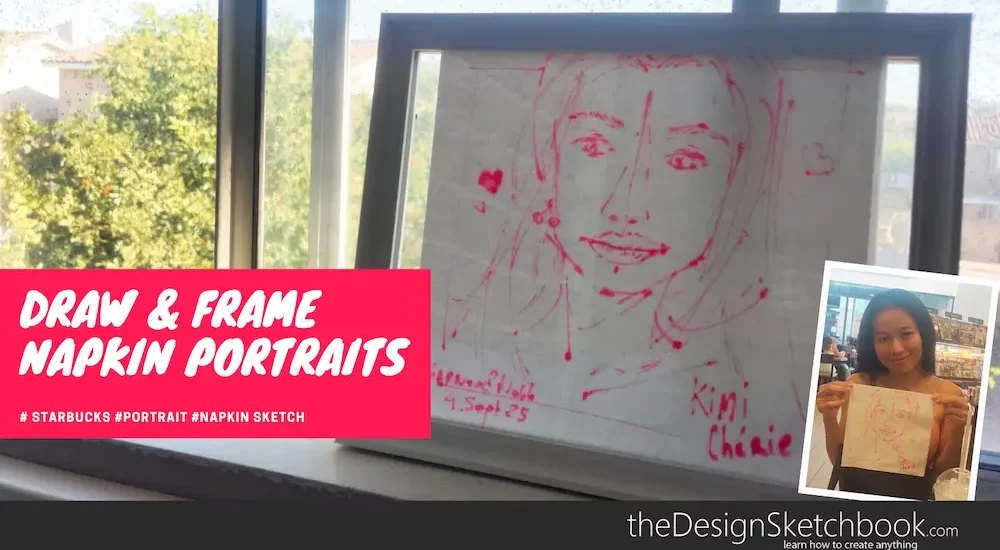
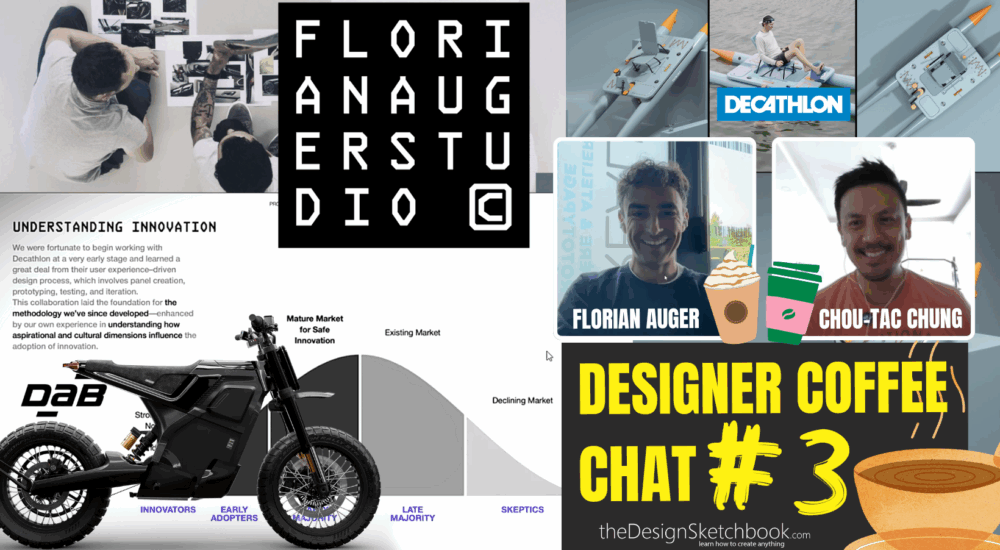
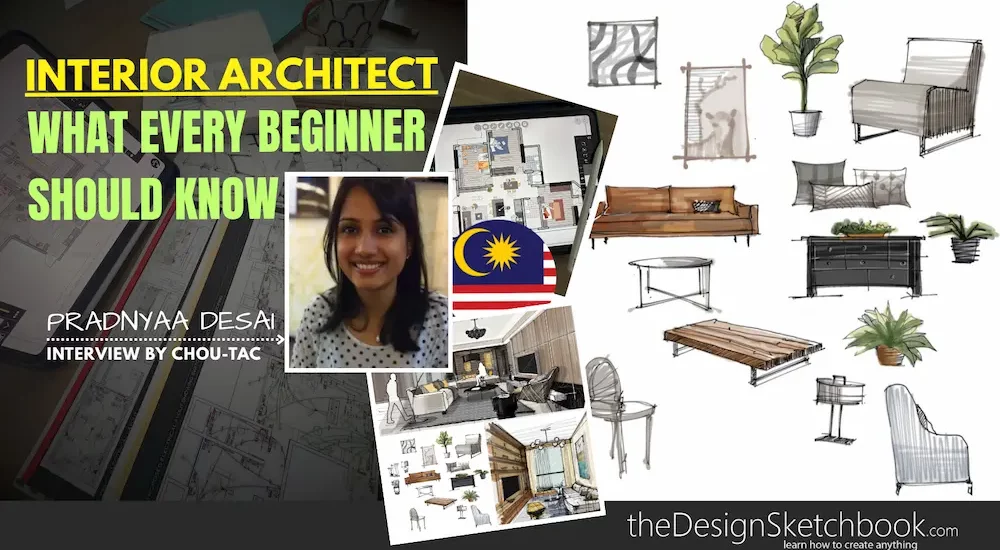
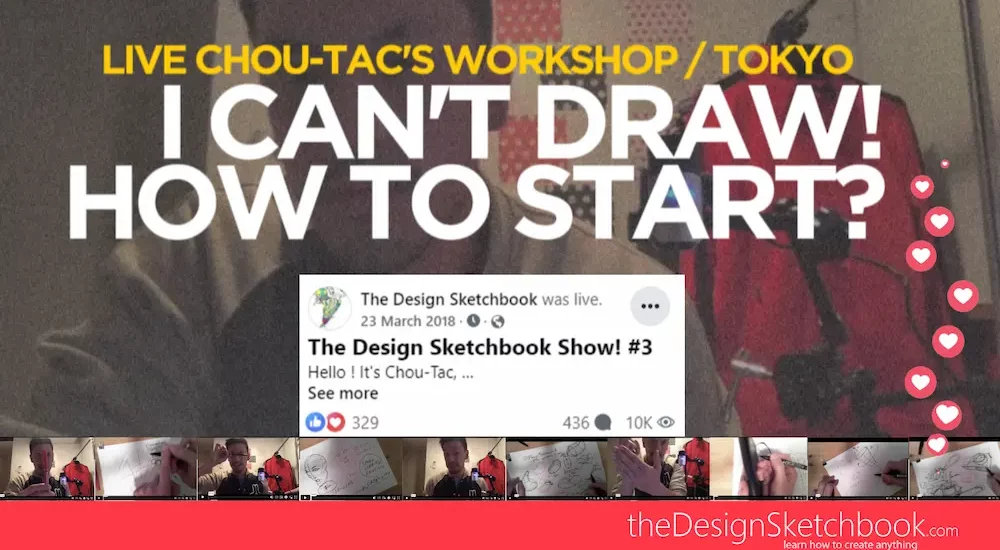
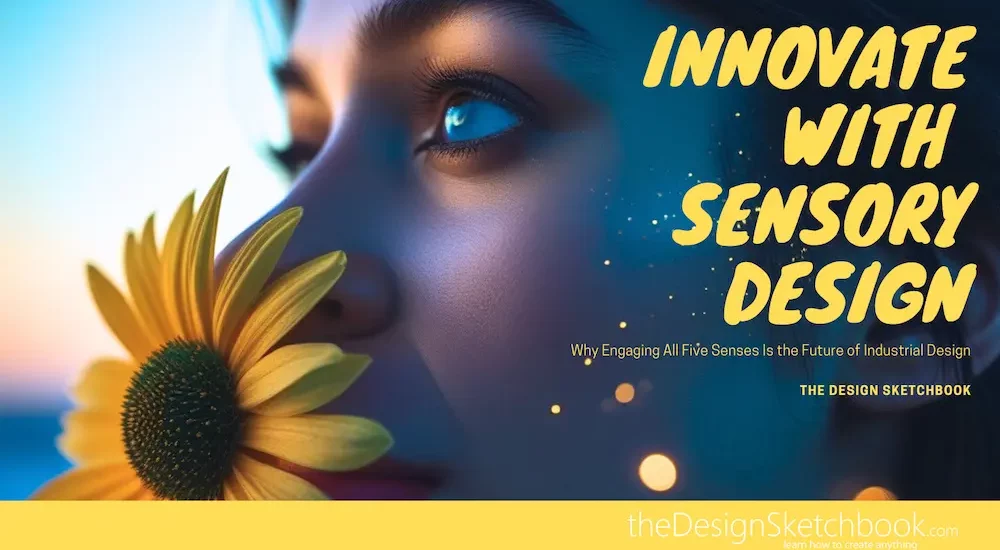
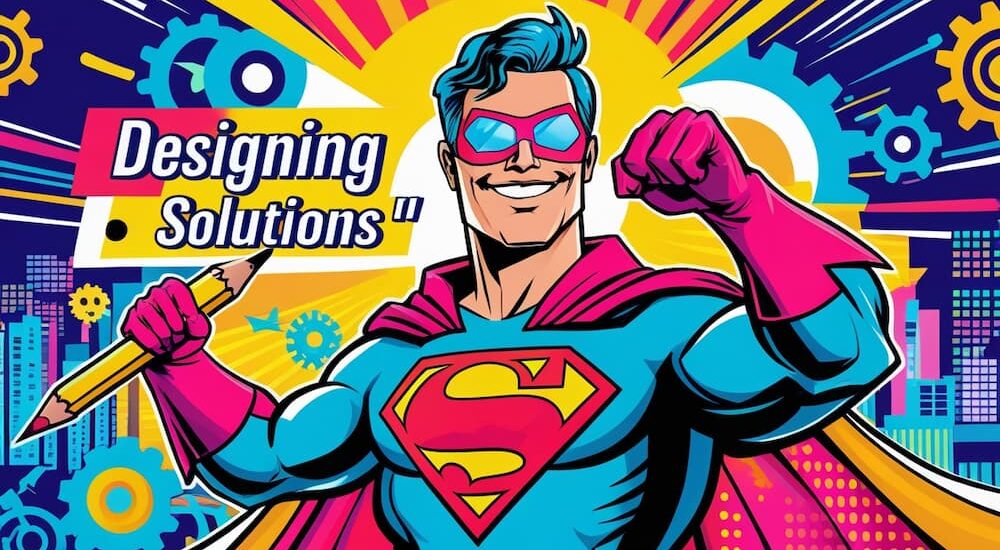

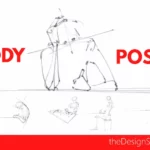

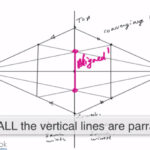
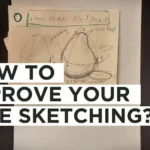
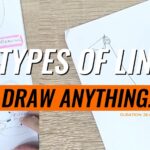
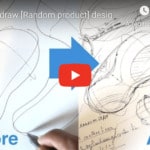
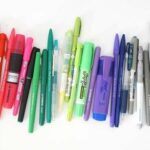

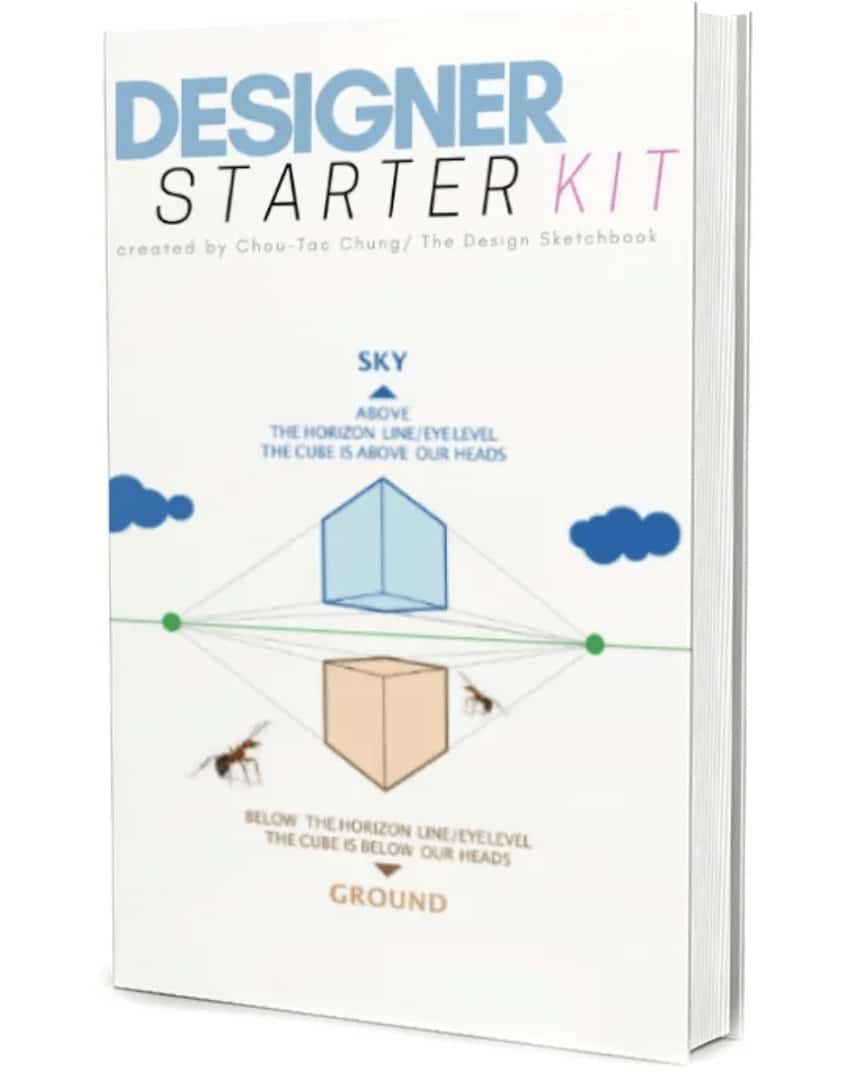
[…] For this exercise, we do not draw the reference product as it is.We like to extract some details and assemble them in a total new way to create new things. […]